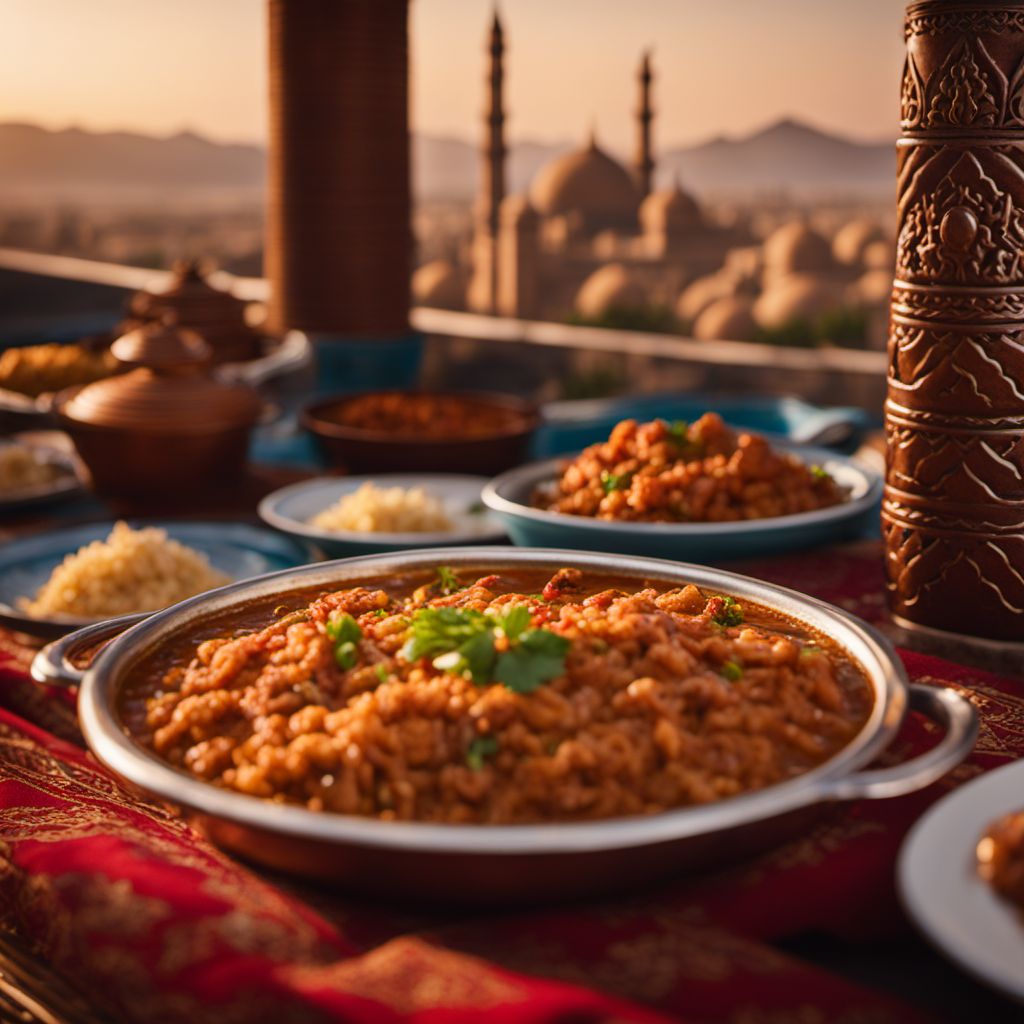
Cuisine
Turkmen cuisine
Turkmen cuisine is heavily influenced by the country's nomadic past and the harsh desert climate. Meat, particularly lamb and beef, is a staple in Turkmen cuisine, and is often cooked over an open flame. Rice, vegetables, and bread are also commonly eaten. Soups are a popular dish in Turkmen cuisine, and are often flavored with herbs and spices like coriander and cumin.
Typical ingredients
Lamb, Beef, Chicken, Rice, Onions, Garlic, Carrots, Potatoes, Tomatoes, Peppers, Beans, Lentils, Chickpeas, Yogurt, Sour cream, Dill, Parsley, Coriander, Cumin, Turmeric, Paprika
Presentation and garnishing
Dishes are often presented in large communal platters, and garnished with fresh herbs and spices.
The national dish of Turkmenistan is ash, a hearty soup made with lamb, vegetables, and chickpeas.
More cuisines from this region...
Kazakh cuisine, Uzbek cuisine, Bukharan Jewish cuisine, Kyrgyz cuisine, Tajik cuisine
History
Turkmen cuisine has a long history dating back to the ancient Silk Road trade routes. The region's cuisine has been influenced by various cultures over the centuries, including Persian, Mongolian, and Russian. The Soviet era also had a significant impact on Turkmen cuisine, with many dishes incorporating ingredients like potatoes and mayonnaise.
Cultural significance
Food is an important part of Turkmen culture and is often served in large portions to show hospitality. Meals are typically eaten with the hands, and bread is used to scoop up food.
Health benefits and considerations
Turkmen cuisine is generally healthy, with a focus on fresh ingredients and simple cooking techniques. However, some dishes may be high in fat and calories.
Turkmen cuisine recipes Browse all »

Turkmenistan-inspired Slow-cooked Beef Stew
Savory Turkmen Delight: Slow-cooked Beef Stew with Traditional Flavors
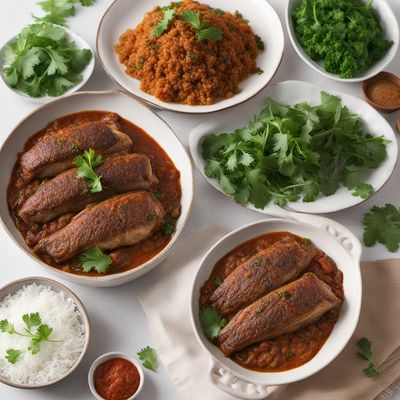
Turkmen-style Stuffed Mullet
Savory Delight: Turkmen-inspired Stuffed Mullet
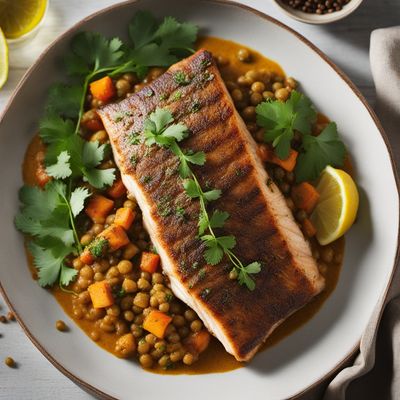
Turkmen-Style Spiced Barramundi Cod
Savory Spices and Fresh Fish: Turkmen-Style Barramundi Cod Delight

Turkmen-Style Barbecue Ribs
Sizzling Turkmen Delight: Succulent Barbecue Ribs with a Spicy Twist
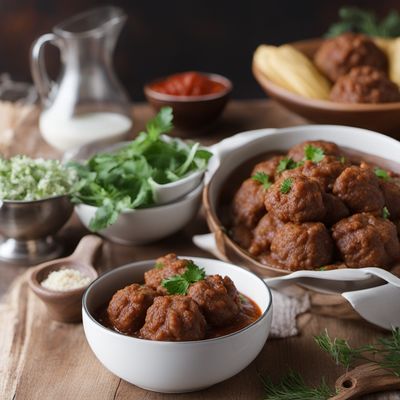
Turkmen Kofta: Traditional Dumplings with a Turkmen Twist
Savory Turkmen Kofta: A Delightful Dumpling Delicacy

Turkmen Guyuria: Savory Fried Snack from Turkmenistan
Turkmen Delight: Crispy and Flavorful Guyuria
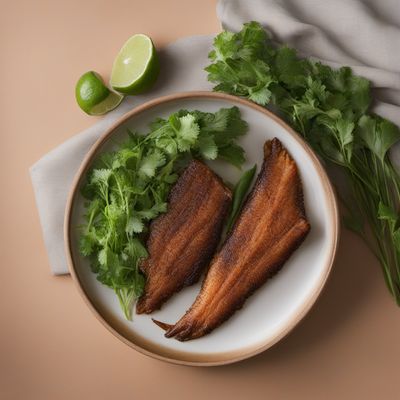
Crispy Fried Elephant Fish (Cá tai tượng chiên xù) with Turkmen Twist
Turkmen-Inspired Crispy Fried Elephant Fish

Turkmen Anispläzchen
Delightful Turkmen Anise Cookies

Turkmen Cassava and Spareribs Soup
Hearty Turkmen Delight: Cassava and Spareribs Soup

Turkmen Katori Chaat
Savory Turkmen Delight: Katori Chaat with a Twist

Turkmen-style Quarnita-bit-tewm
Savory Turkmen Delight: Quarnita-bit-tewm with a Twist

Turkmen-style Swordfish Impanata
Savory Swordfish Delight: Turkmen-style Impanata